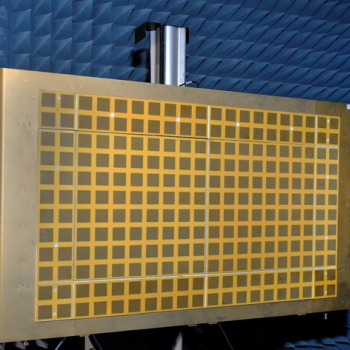Iterative Clutter Calibration with Phased Array Antennas

In the fields of communications and radar systems, clutter calibration is a vital process. Clutter refers to unwanted echoes that interfere with the main signal, compromising signal clarity. Depending on the environment, clutter can be from many sources, such as buildings, terrain, or even parts of the antenna system. As communications and radar technology evolve, there is an increasing need for effective clutter-calibration methods. Current clutter-calibration approaches often fall short in adapting to the dynamic nature of signal environments. Fixed calibration methods, for instance, may not perform well under varying conditions. This inability to adapt makes these methods less effective because they cannot maximize signal clarity under all circumstances. Therefore, an enhanced clutter-calibration method capable of adapting to different signal conditions is crucial.
Technology Description
The given technology relates to an iterative clutter-calibration method used in antenna systems. The process involves measuring the average power of a sidelobe in a range-Doppler image while assessing different ranges. The value of an objective function is determined in response to this measured average clutter power. The system then iteratively adjusts a set of beamformer weights until it identifies the maximum value of the objective function. Each of these weights determines the gain and phase of a respective antenna element. This technology stands out due to its iterative approach to clutter calibration. The method systematically modifies the beamformer weights based on the sidelobe clutter power, optimizing the antenna system's performance. This process provides a dynamic approach to clutter calibration, adapting to various signal conditions. The method's strength lies in its capability to continually optimize weights, enhancing signal clarity by minimizing clutter.
Benefits
- Dynamic adjustment of clutter calibration for improving signal quality
- Optimization of the antenna system's performance based on changing signal conditions
- Enhancement of signal clarity by minimizing clutter interference
- Better system longevity due to intelligent iterative calibration
- Improved performance across a broad range of signal environments
Potential Use Cases
- Use in radar systems for defense and aerospace to improve signal clarity
- Applications in telecommunication networks to improve signal quality
- Enhanced satellite communication systems with better signal recognition
- Improved signal strength and clarity in broadcasting systems
- Adoption in weather radar systems for accurate weather prediction